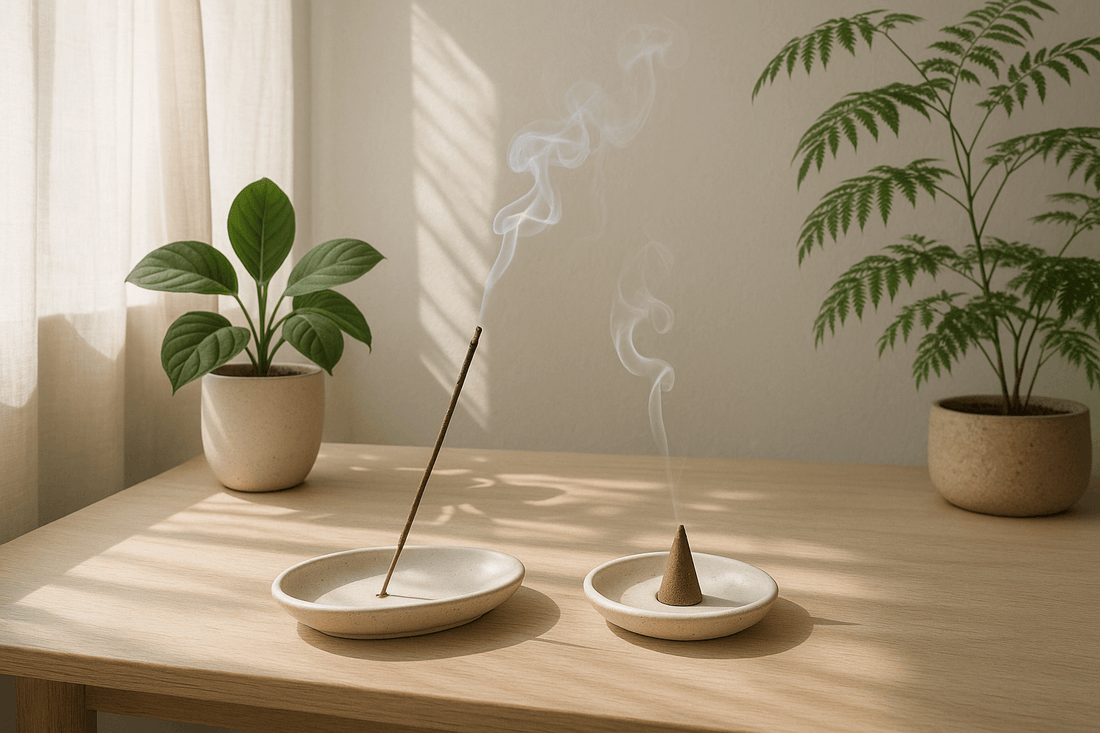
Are Incense Sticks or Cones Bad for Your Health? What Science Says
Incense has been used for centuries in religious rituals, meditation, and healing practices. But in recent years, questions about its impact on air quality and health have emerged. So, are incense sticks or cones actually bad for you? The answer is more nuanced than a simple yes or no.
What’s in Incense Smoke?
Both incense sticks and cones are made by burning a mixture of natural powders, aromatic resins, wood, and essential oils. When burned, these materials release volatile organic compounds (VOCs), particulate matter (PM2.5), and sometimes polycyclic aromatic hydrocarbons (PAHs)—substances also found in cigarette smoke and wood-burning stoves.
A 2001 study published in Environmental Health Perspectives found that long-term exposure to incense smoke may be associated with respiratory tract inflammation and increased particulate levels indoors, especially in poorly ventilated spaces.
Is All Incense the Same?
No. There’s a big difference between mass-produced incense (often made with synthetic fragrances and charcoal) and natural, handmade incense made from pure plant materials. Synthetic incense is more likely to contain artificial binders, preservatives, and chemical fragrances—ingredients that can irritate the lungs and skin.
Look for products that are:
- Charcoal-free
- Made with 100% plant-based materials
- Free of synthetic perfumes
Benefits of Natural Incense
When used mindfully and in moderation, natural incense sticks can offer several potential wellness benefits:
- Stress reduction & calm: Scents like sandalwood and lavender have shown anxiolytic effects in clinical studies, helping reduce anxiety and promote relaxation.
-
A 2009 study in the Journal of Natural Medicines found that sandalwood aroma activates the parasympathetic nervous system, promoting calm.
- Enhanced focus & meditation: Frankincense and palo santo are traditionally used to deepen breath and enhance mindfulness practices.
- Improved sleep quality: Certain floral or herbal incenses (e.g., jasmine, chamomile) can support better sleep by lowering cortisol levels before bed.
- Cultural and spiritual value: For many, burning incense is a grounding ritual that connects them to culture, tradition, and inner stillness.
Tips for Safe Use
- Burn incense in well-ventilated areas
- Avoid using multiple sticks or cones in small, enclosed rooms
- Choose natural incense from trusted brands like SomaScents
- Use a proper heatproof holder and never leave burning incense unattended
Conclusion
While incense does produce smoke and particulates, occasional, mindful use of high-quality natural incense in a ventilated space is unlikely to pose major health risks for most people. Like candles, it's about balance and awareness.
If you’re sensitive to smoke or have respiratory conditions, consider using low-smoke or smokeless options, such as Japanese-style coreless sticks or essential oil diffusers.
